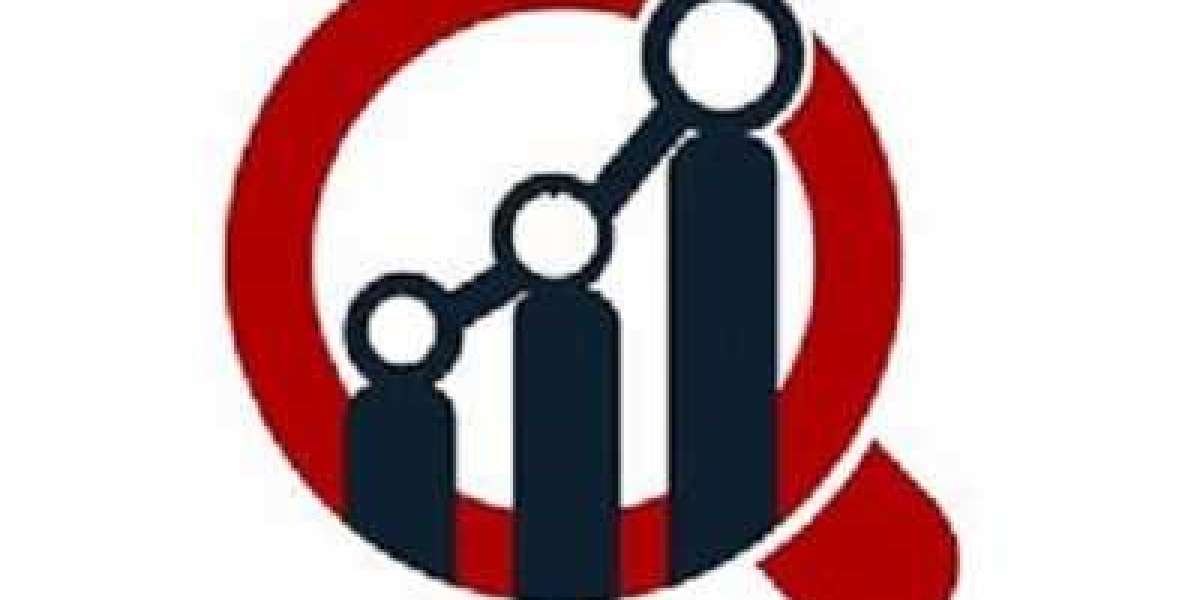Don't Get Left Behind: The Top Risk Adjustment Vendors Using AI Technology
If you're a health care provider, you know how important it is to keep up with the latest technology in order to stay competitive and successful. Risk adjustment vendors using AI technology are leading the way to improved risk adjustment coding and auditing efficiency. In this blog post, we'll discuss the top risk adjustment vendors utilizing AI technology and why you should invest in this cutting-edge technology. Don't get left behind - read on to find out how AI technology can revolutionize your practice and help you stay ahead of the competition.
What is risk adjustment?
Risk adjustment is the process of evaluating the health and medical condition of a population in order to determine their relative risk for health care costs. This process involves adjusting reimbursement rates for health care providers according to the patient's risk for future costs. Risk adjustment is an important tool that insurers use to adjust payments to providers, allowing them to better predict and manage their financial exposure.
Risk adjustment methods are based on predictive modeling, which uses data from a population’s demographic characteristics, clinical characteristics, and utilization history to create profiles of risk. These models then generate scores that quantify the risk of each individual and allow insurers to adjust reimbursement rates accordingly. Risk adjustment is used to assess and adjust provider reimbursements so that they better reflect the true costs associated with each patient’s care.
Risk adjustment is an important part of the health care system, as it allows providers to be reimbursed fairly for the care they provide, while also ensuring that insurance companies are not overcharged for services that require a greater amount of resources or cost more than expected. With advances in artificial intelligence (AI) technology, risk adjustment has become increasingly efficient and accurate, improving both its accuracy and speed.
How can AI help with risk adjustment?
The use of artificial intelligence (AI) technology in risk adjustment is rapidly changing the way providers and payers manage their risk. AI-driven solutions provide speed and accuracy that traditional methods simply can not match.
AI-driven risk adjustment solutions are designed to automate routine tasks, such as data extraction, coding, and auditing. These solutions use machine learning algorithms to quickly and accurately analyze large datasets and identify potential inaccuracies or discrepancies in the data. With AI-driven solutions, providers and payers can quickly detect potential coding errors and adjust them accordingly, reducing the risk of financial losses.
In addition, AI-driven solutions can also help with provider documentation and communication, providing more insight into patient histories and care plans. AI-driven solutions can process medical records faster and more accurately than humans and quickly identify any trends or patterns that can be used to inform future care plans.
Overall, AI-driven risk adjustment solutions provide improved accuracy and efficiency when managing risk. AI-driven solutions allow providers and payers to reduce costs, minimize losses, and improve patient care.
What are the top risk adjustment vendors using AI technology?
As risk adjustment coding and auditing continue to be a large part of healthcare operations, more vendors are adopting AI technology to improve their processes. With this technology, providers can expect to see faster, more accurate results and ultimately an improved patient experience. Here is a list of some of the top risk adjustment vendors using AI technology:
- Cerner – Cerner offers AI-driven analytics software to help providers accurately code and audit risk adjustment documents. The software is designed to reduce errors and maximize reimbursement potential.
- IBM Watson Health – IBM’s AI-driven healthcare platform, IBM Watson Health, includes a risk adjustment application that streamlines the process of coding and auditing. This helps providers improve accuracy and reduce the time needed for completing risk adjustment tasks.
- Cognizant – Cognizant offers AI-driven solutions to help providers automate and optimize their risk adjustment processes. Their software is designed to improve accuracy and reduce manual labor associated with risk adjustment coding and auditing.
- Optum – Optum’s AI-driven technology helps providers accurately audit and code risk adjustment documents. This helps to ensure that providers receive correct reimbursement for services provided.
- Gartner – Gartner offers an AI-driven software solution for risk adjustment coding and auditing that helps providers accurately complete risk adjustment tasks. The software is designed to improve accuracy and reduce the time spent on coding and auditing tasks.
By adopting AI technology, providers can expect to see improved accuracy, reduced manual labor associated with coding and auditing, and faster completion times for risk adjustment tasks. As risk adjustment continues to be an important part of healthcare operations, these top risk adjustment vendors are helping providers stay ahead of the curve with their AI-driven technologies.
















